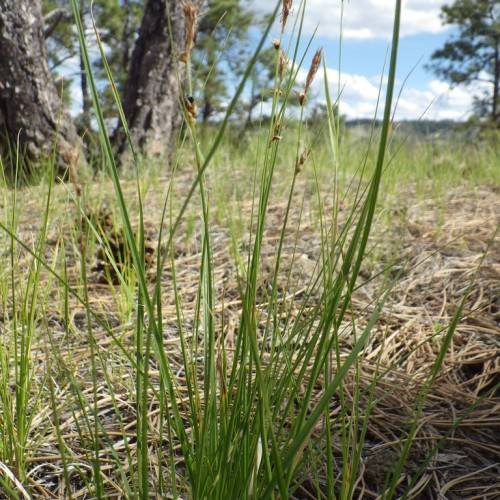
Long Stolon Sedge
Carex inops
Watering:
Minimal
Hardiness Zone:
Flowers:
Flowers
Sun:
Sun, Partial Shade
Soil:
Sand
Leaf:
Yes
Growth Rate:
Low
Drought Tolerant:
Yes
Salt Tolerant:
Yes
Care Level:
Medium
watering
Sheep Sedge should be watered every 2-3 days during the warmer months of the year. To do so, gently mist the foliage of the plant with water until the soil is evenly moist but not soggy. During the cooler months, only water when the soil is dry, as allowing the soil to dry out between waterings will help maintain overall health and promote growth. Do not allow the soil to be soggy or overly dry. Ensure that the plant has enough drainage, and water from underneath the foliage to prevent fungal problems.
sunlight
Sheep Sedge (Carex illota) is a perennial plant species typically found in sunny and moist areas in the United States. It does best in full sun and moist soil but is also tolerant of partial shade and dry soil. To ensure its optimal growth, Sheep Sedge should be planted in an area that receives 6-8 hours of direct sunlight each day. During the spring, summer, and autumn months, it should also receive additional indirect sunlight (dappled shade) from the nearby trees for approximately an additional 3-4 hours each day. During the winter months, the indirect sunlight can help protect the plant against any frost and keep it healthy.
pruning
Sheep Sedge should be pruned just once a year. It can be done anytime from late spring to early summer, when actively growing. Prune off any dead or damaged stems close to the ground, and cut back around a third of the remaining stems to the ground. This will encourage new growth and ensure the plant maintains a compact shape. Sheep Sedge will not usually become too large and aggressive if neatly maintained.
